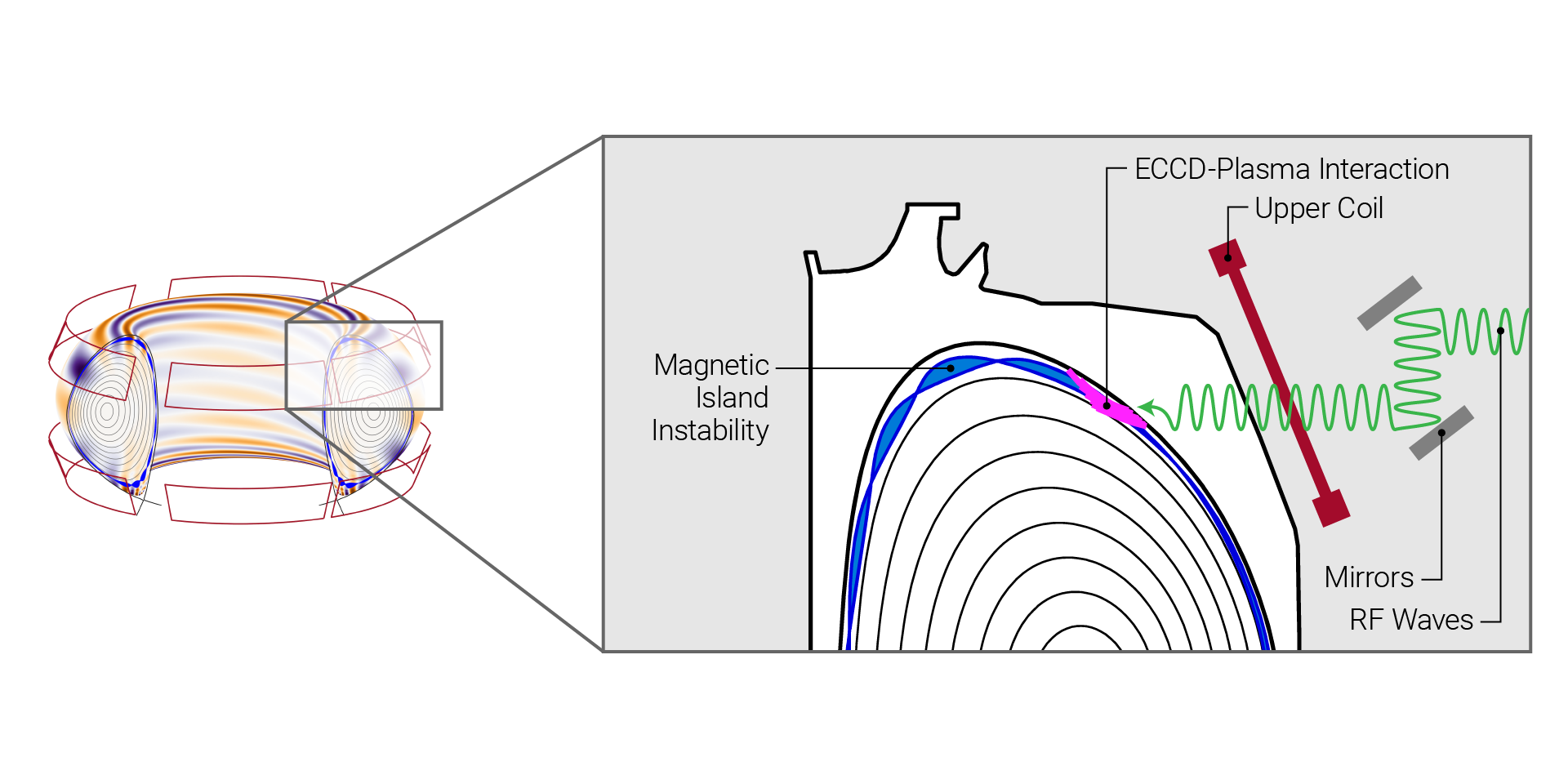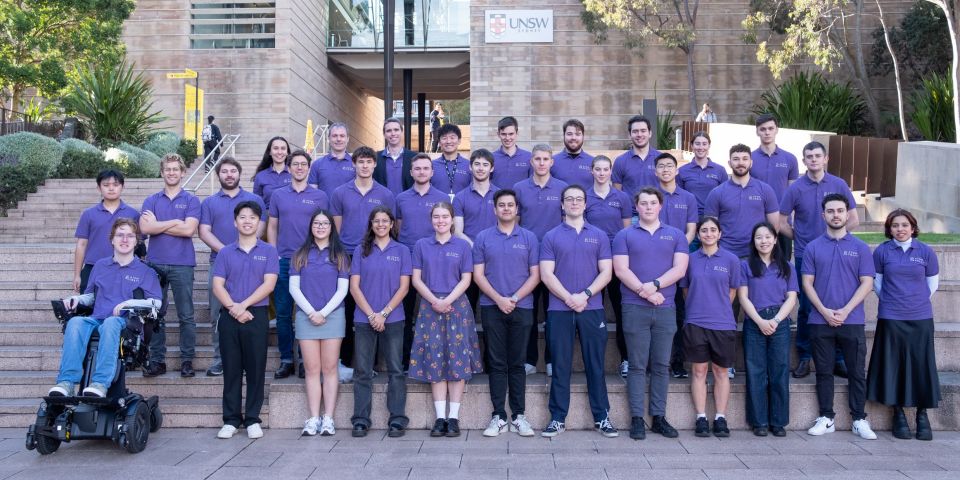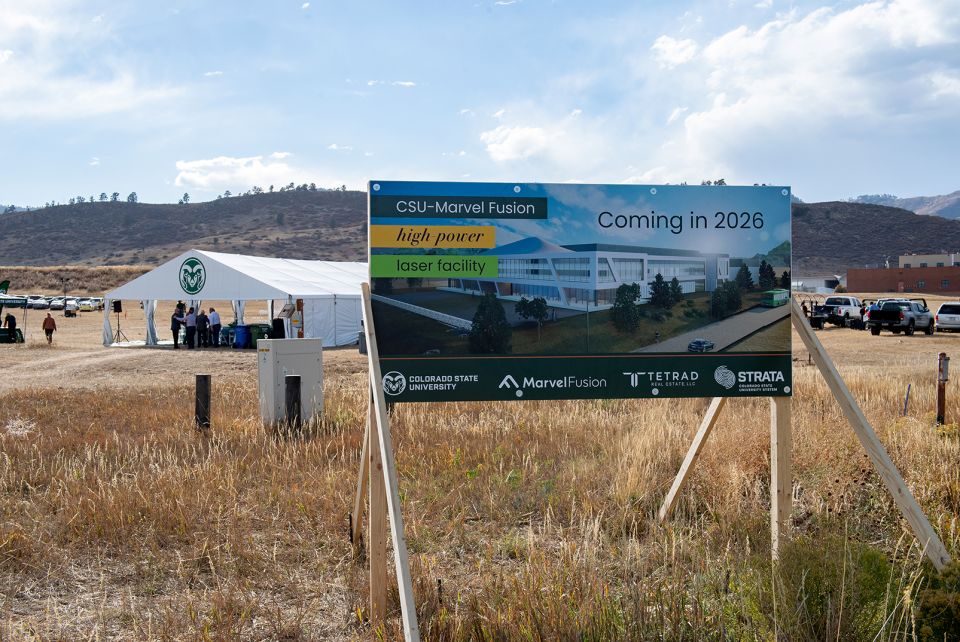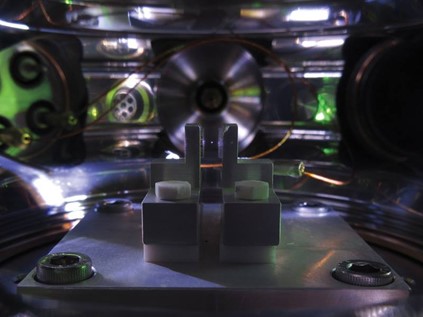The image on the left shows the tokamak and 3D magnetic perturbation generated by 3D coils, with the purple-blue hues representing lower amplitude perturbations and the red representing higher amplitude perturbations. The image on the right is a closer view showing the top half of the tokamak and plasma. The coils are used to generate the magnetic field perturbations that produce the islands (blue). Another coil can also be found on the bottom of the machine. The injection system for the ECCD microwaves is depicted on top (red). These can be used to adjust the width of the islands. (Image: Qiming Hu / PPPL)
The combination of two previously known methods for managing plasma conditions can result in enhanced control of plasma in a fusion reactor, according to a simulation performed by researchers at the Department of Energy’s Princeton Plasma Physics Laboratory.
RMPs and ECCD: PPPL investigators published the findings of their research in the International Atomic Energy Agency journal Nuclear Fusion in March. The project sought a solution to the problem of edge-localized modes (ELMs), bursts of particles from plasma caused by a buildup of pressure. ELMs can result in a prompt end to the fusion reaction and even damage to the fusion device. Two methods—applying resonant magnetic perturbations (RMPs) and electron cyclotron current drive (ECCD)—have long been known as solutions, but in this study, researchers brought them together for the first time for greater flexibility.
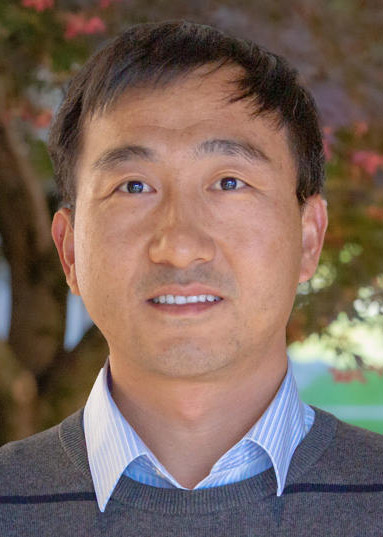
Hu
MHD simulation: The PPPL researchers made the innovative discovery through use of a nonlinear two-fluid magnetohydrodynamic (MHD) simulation. Lead author Qiming Hu said of the study, “Our simulation refines our understanding of the interactions in play.”
RMPs generate additional magnetic fields in the plasma. In a tokamak device, these fields are called magnetic islands and are oval or circular in nature. While normally very undesirable, under certain conditions, these islands can be beneficial to plasma stability. However, it can be difficult to produce RMPs big enough to generate the right type of magnetic islands.
Researchers found that adding ECCD to the plasma edge makes it easier to generate the RMPs needed to make the magnetic islands. It also allowed researchers to perfect the size of the islands to maximize plasma edge stability. The ECCD is essentially a microwave beam injection. The microwaves cause the selective heating of electrons to decrease their collision frequency and increase their contribution to the toroidal plasma current in a tokamak.
Hu explained, “When the ECCD was added in the same direction as the current in the plasma, the width of the island decreased, and the pedestal pressure increased. Applying the ECCD in the opposite direction produced opposite results, with island width increasing and pedestal pressure dropping, or facilitating island opening.” This achievement solves a previous problem with using RMPs to create magnetic islands that were too large and could lead to plasma disruption.
Reduced fusion costs? A key finding of the study is the benefit of ECCD injection at the plasma edge, rather than at the plasma core, where physicists have previously applied ECCD. The PPPL simulation indicates that ECCD added at the edge, if properly controlled, will not cause damage to the tokamak plasma vessel, as previously believed.
Hu notes that this finding could lead to the design of new types of fusion devices. Moreover, the reduction in necessary plasma current to produce RMPs could lead to reductions in the costs of fusion energy generation.
